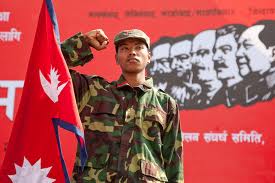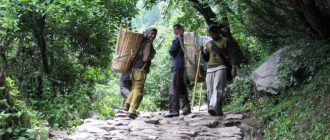The following article provides a brief overview of the army and the military in Nepal.
The army in Nepal is fairly simply organised into five combat support groups, each of which is overseen by a Brigadier General. The five combat support groups which make up the army in Nepal are the Artillery, Air Defence, Armour, Signals and Engineers. The Nepalese Police Force is also considered part of the army in Nepal. The Artillery arm of the army in Nepal is involved in providing fire support. The Air Defence arm of the army in Nepal is involved in providing a comprehensive range of air based support – including the flight of army related air vehicles and the use of fire power during combat. The Armour arm of the army in Nepal plays both a key strategic and also operational role. This arm of the army will use tactics to try and shock the enemy and equally to disperse and destroy them. The Combat Engineers are essential to the success of the ground based army troops as they pave the way for soldiers to progress through particularly difficult terrain. As an example, they may create paths and disable land mines. The Signals arm of the army in Nepal is involved in creating effective communication networks using information systems. The primary purpose of the army in Nepal is to defend the sovereignty and territory of Nepal. As with most other countries, secondary purposes for the army in Nepal are to carry out peace keeping operations, deal with disaster / emergencies and to assist in national development. Entry to the army is voluntary only and individuals entering the army have to be 18 years or over. Until recently King Gyanendra was the Supreme Commander of the Nepal Army, but the ‘People’s Movement for Democracy’ in Nepal delivered a particularly powerful campaign which resulted in royal control over the army being curtailed. Prior to these changes the King of Nepal had to seek approval from the Army Council to deploy the army. The Army Council of Nepal was represented by the Prime Minister, Army Chief and the Defence Minister. Until recently therefore, the army in Nepal was a sovereign army.





